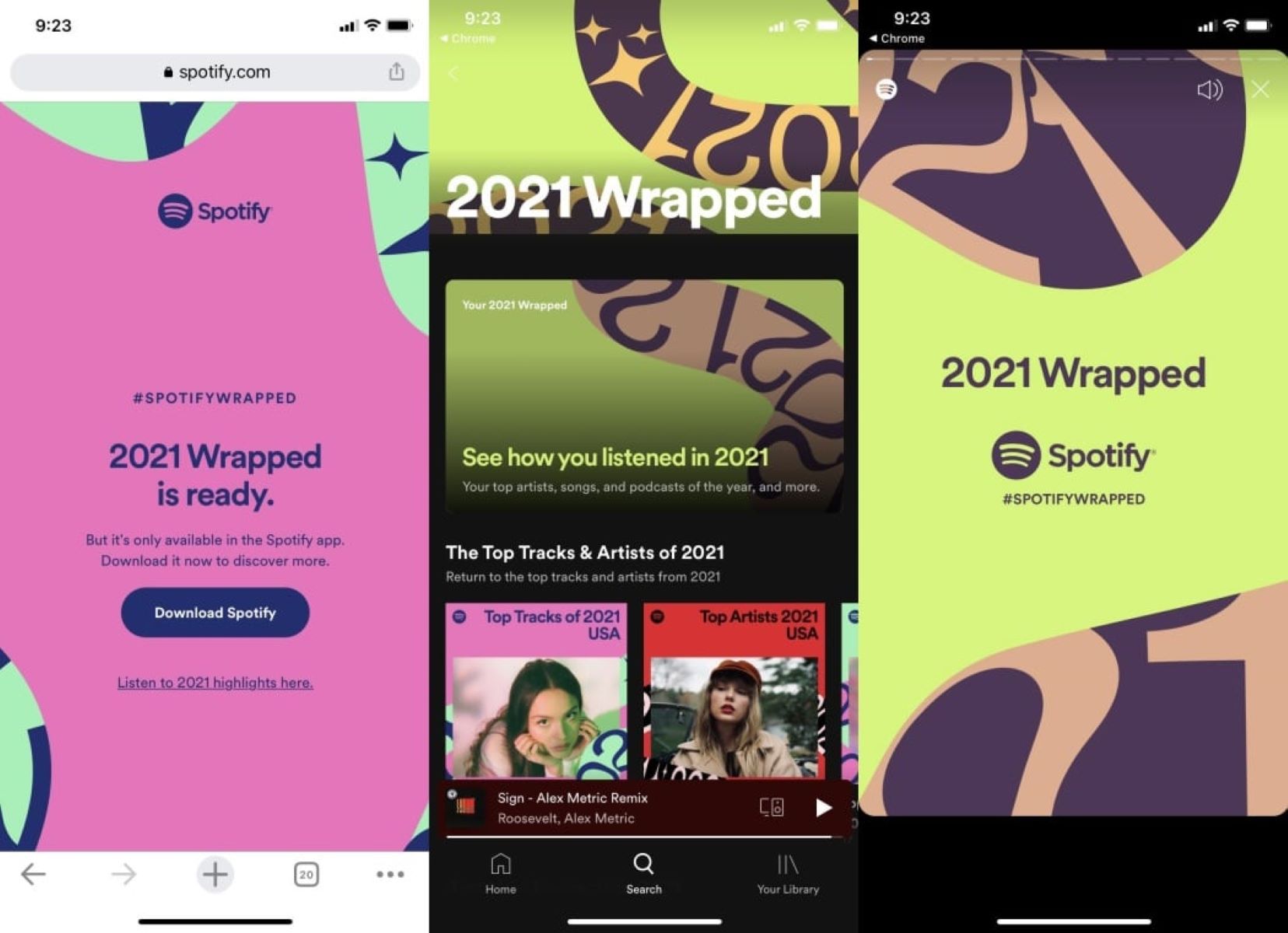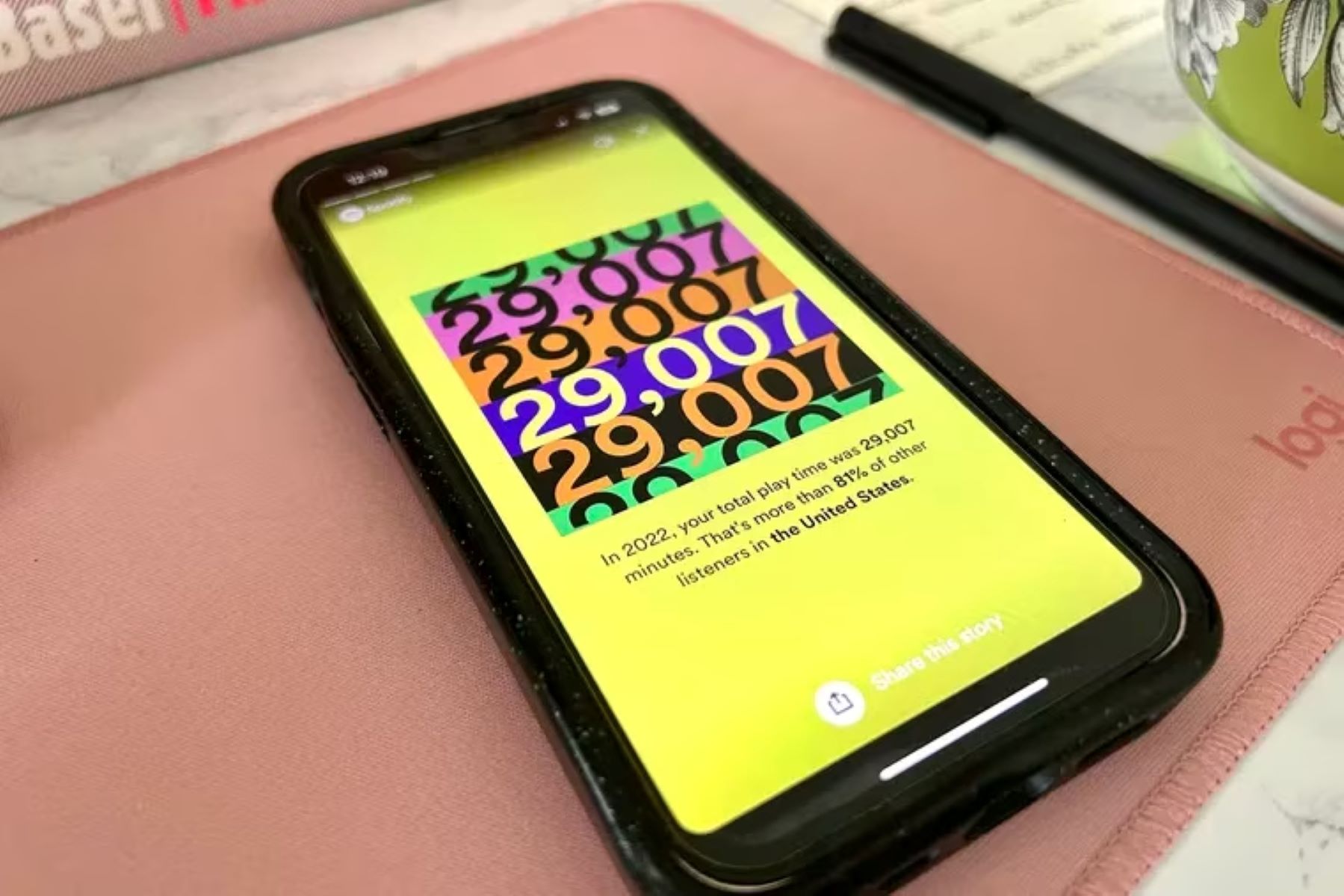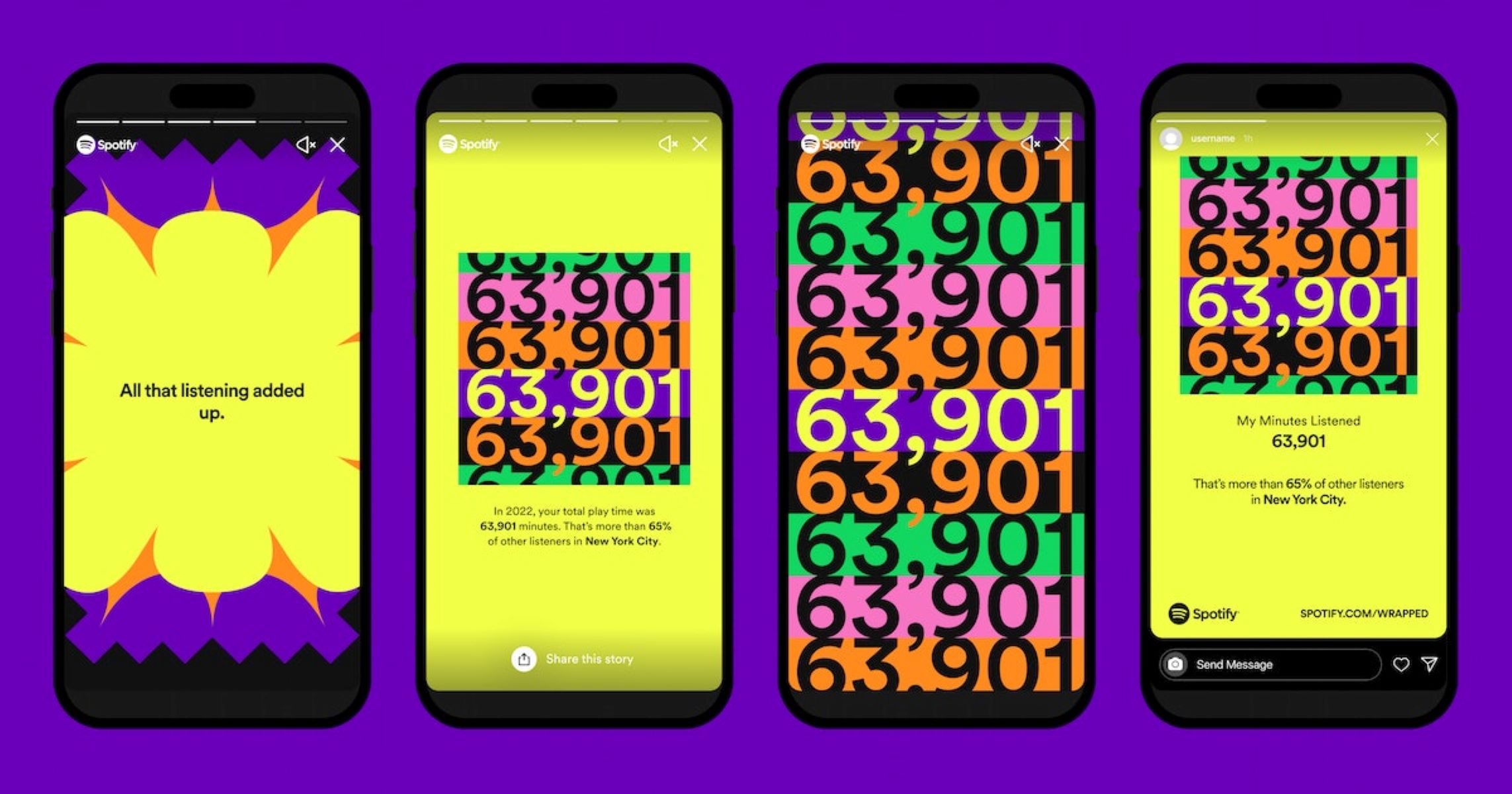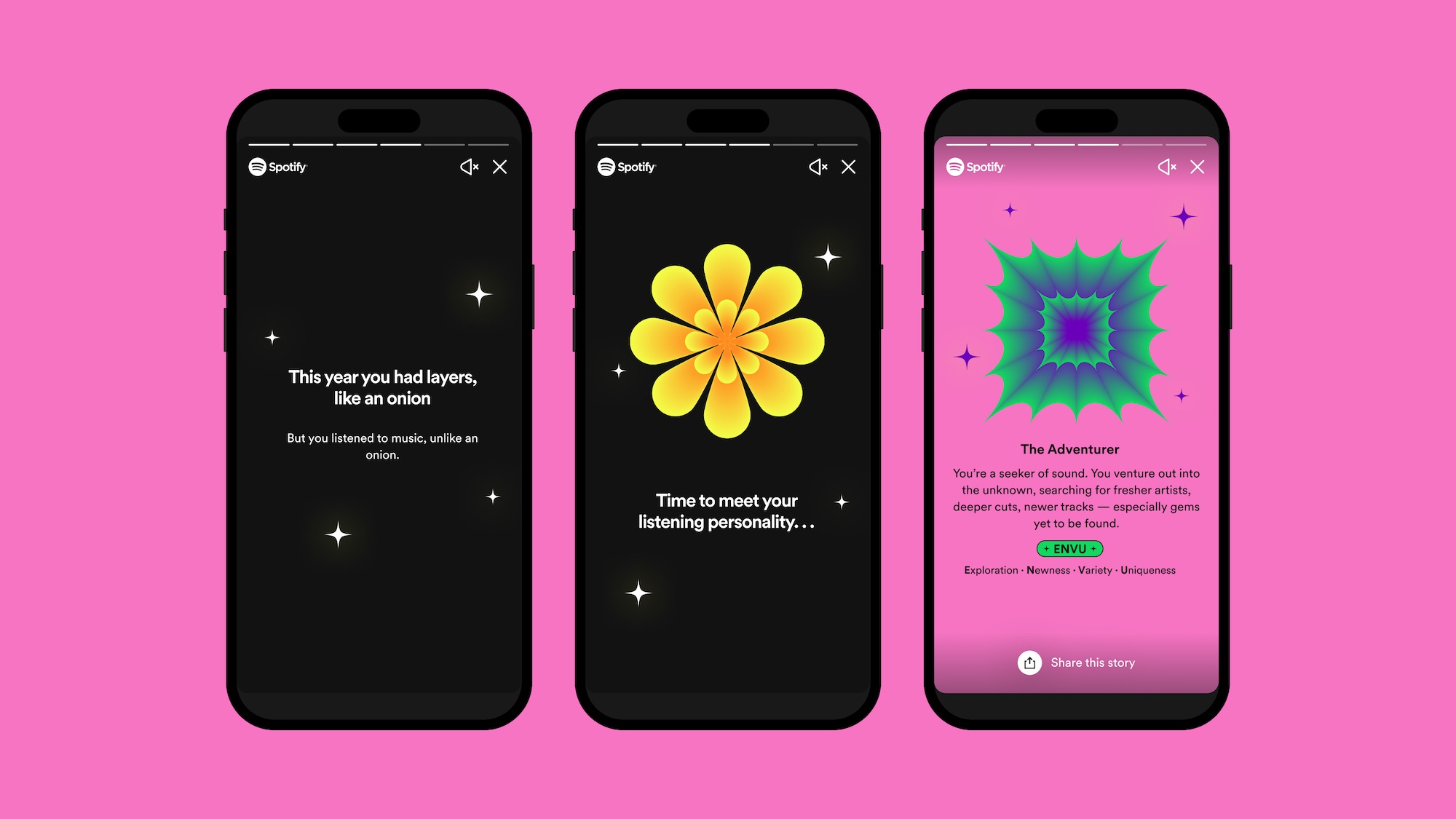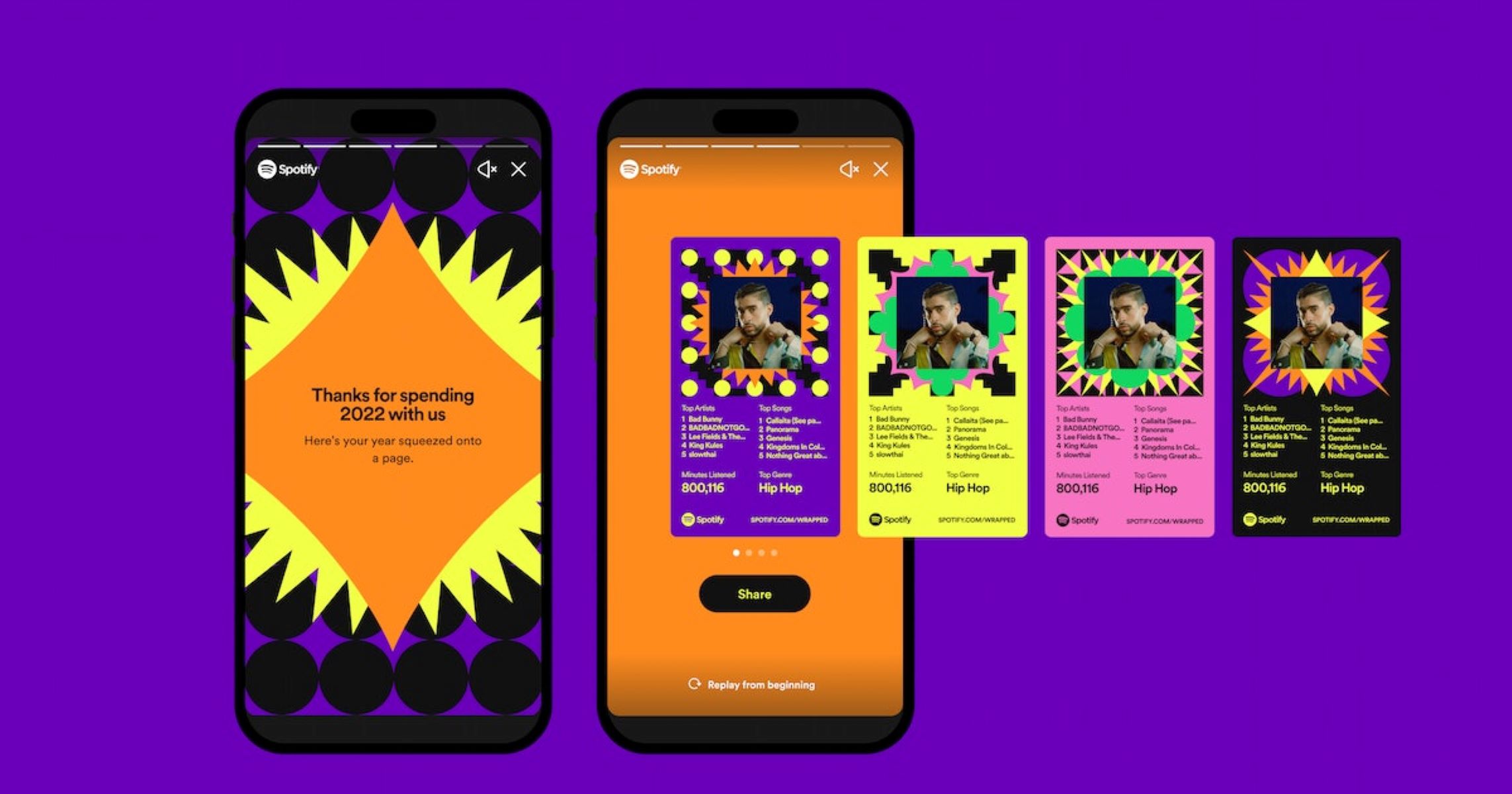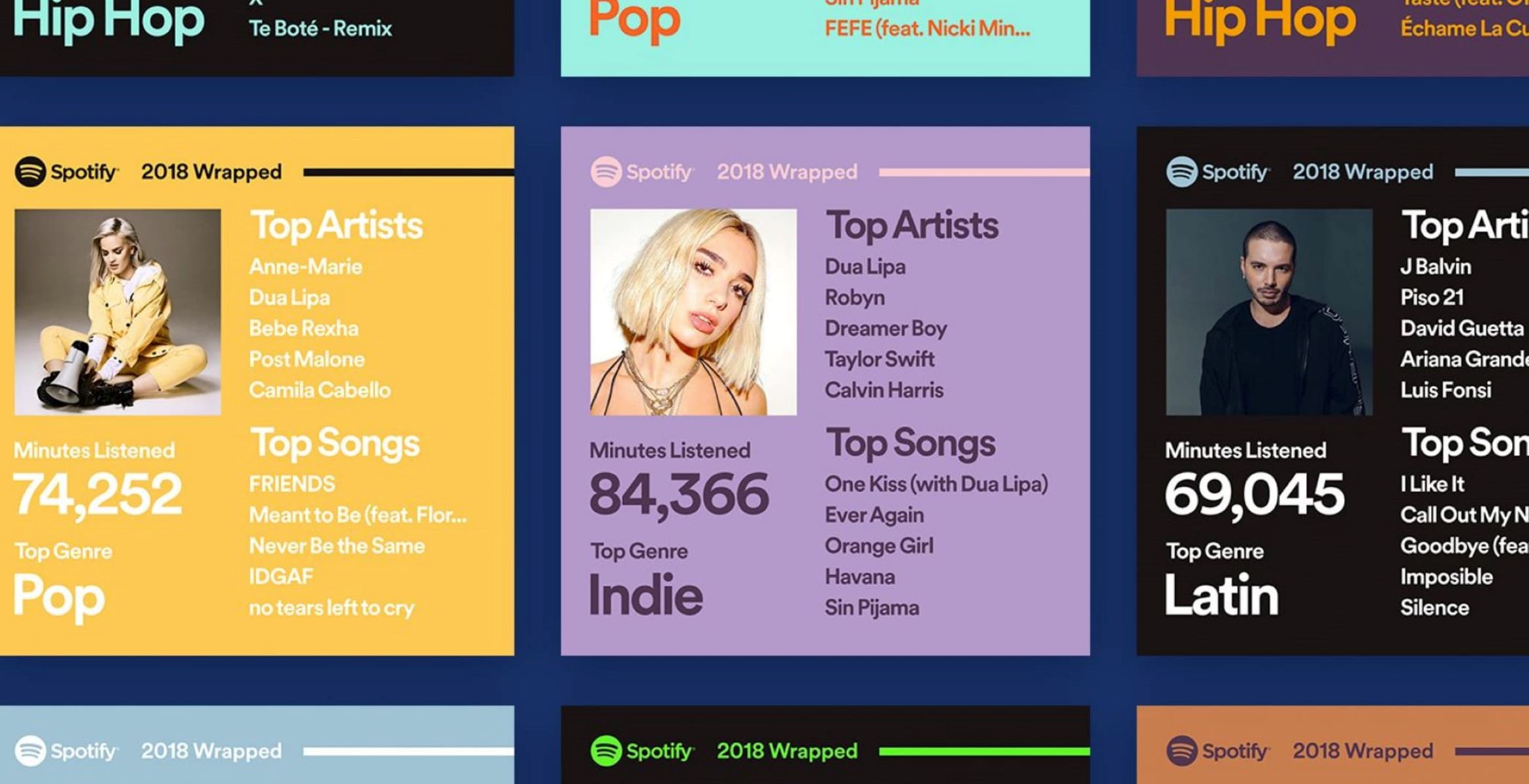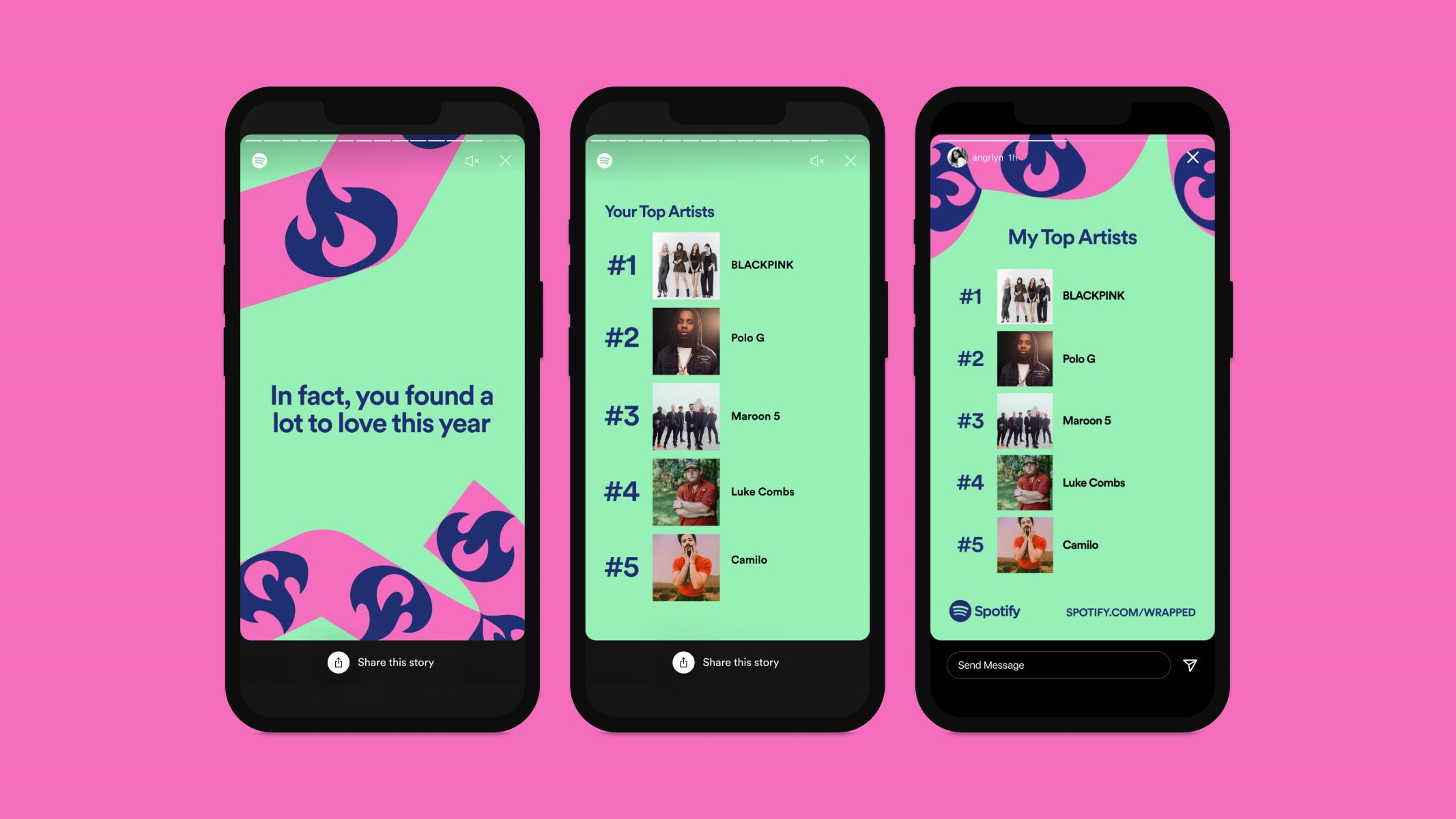Introduction
Spotify has become one of the most popular music streaming platforms worldwide, bringing users a vast collection of music at their fingertips. Every year, Spotify releases a special feature known as “Spotify Wrapped,” which provides users with personalized insights into their listening habits over the past year. It’s a fun way to reflect on the music they’ve enjoyed and to discover new artists and genres they might have missed.
With Spotify Wrapped, users can find out their top songs, artists, genres, and even the number of minutes they’ve spent listening to music throughout the year. It offers interactive statistics and personalized playlists that make it a joy to revisit the music that has defined their year.
But have you ever wondered how Spotify tracks your listening habits and compiles this data for your Wrapped experience? And more importantly, when does Spotify stop tracking your listening habits to generate the wrapped? In this article, we’ll explore the intricacies of Spotify Wrapped and clarify when Spotify ceases to track your listening activity for this special feature.
What is Spotify Wrapped
Spotify Wrapped is an annual feature offered by Spotify that allows users to look back on their music listening habits over the past year. It provides a comprehensive summary of the songs, artists, genres, and playlists that dominated their listening experience. Users can access their personal Spotify Wrapped through the Spotify mobile app or by visiting the Spotify Wrapped website.
One of the highlight features of Spotify Wrapped is the “Your Top Songs” playlist, which showcases the users’ most-played tracks from the year. This personalized playlist is generated based on the data collected by Spotify, giving users an opportunity to rediscover their favorite songs and relive the musical moments that defined their year.
Additionally, Spotify Wrapped offers insights into various other aspects of a user’s listening habits. Users can discover their most-streamed artists, top genres, and the total number of minutes they’ve spent listening to music throughout the year. Spotify Wrapped also presents users with unique badges and achievements that they can share on social media, allowing them to showcase their musical taste and achievements with their friends and followers.
Spotify Wrapped has become a highly anticipated feature among Spotify users, as it not only provides a personalized snapshot of their musical journey but also introduces them to new artists and genres. It creates a sense of nostalgia and celebration as users reflect on the songs that carried them through the ups and downs of the year.
How Does Spotify Track Listening Habits?
Spotify employs various methods to track users’ listening habits and collect the data necessary to create Spotify Wrapped. When you use Spotify, the app collects information about the songs you listen to, the playlists you create, and the artists you follow. This data is then used to generate personalized recommendations and curated playlists for each user.
Spotify uses a combination of user interactions and advanced algorithms to track listening habits. When you stream a song, Spotify records the play count, duration, and other essential metadata associated with that particular track. This information helps Spotify understand which songs are popular and trending among its user base.
Additionally, Spotify considers factors like skips, repeats, saves, and playlist additions to further refine its understanding of your music preferences. For example, if you frequently skip a particular song, Spotify takes note of that and may adjust its recommendations accordingly. Similarly, if you consistently play a specific song or artist on repeat, Spotify takes the hint and tailors its suggestions to align with your preferences.
Another important feature that aids Spotify in tracking your listening habits is the use of collaborative playlists. When you create a playlist and invite your friends to contribute, Spotify collects data on the songs added by each collaborator. This not only enhances the collaborative playlist experience but also provides Spotify with additional insights into your musical interests.
It is worth noting that Spotify respects user privacy and only collects data within the boundaries defined by its privacy policy. The app does not share specific user data or listening habits with third parties without consent, ensuring that the information collected is used primarily to enhance the user experience.
When Does Spotify Stop Tracking Listening Habits for Wrapped?
As Spotify Wrapped provides a summary of your music listening habits for the entire year, you might wonder when Spotify stops tracking your listening activity to generate this personalized experience. The answer to this question lies in the timing of the Wrapped feature release and the data collection period that Spotify follows.
Typically, Spotify Wrapped becomes available towards the end of the year, around December. This means that Spotify stops tracking your listening habits for the purpose of generating Wrapped sometime before the release of this feature. However, the exact cutoff date may vary from year to year, so it’s important to keep an eye on Spotify’s official announcements for the latest information.
To ensure that your music listening habits are included in Spotify Wrapped, it is recommended to continue using Spotify regularly and exploring new songs and artists throughout the year. By actively engaging with the platform and streaming music consistently, you maximize the chances of having a comprehensive and accurate picture of your listening habits in your Wrapped summary.
It’s worth noting that Spotify takes into account various factors when generating your Wrapped, including the popularity and significance of the songs you’ve listened to throughout the year. This means that even if you stop using Spotify near the end of the year, your listening history up until that point will be reflected in your Wrapped. So, the more actively you use Spotify throughout the year, the more comprehensive and representative your Wrapped will be.
In summary, Spotify stops tracking your listening habits for the purpose of generating Wrapped sometime before the release of the feature, typically in December. It’s important to continue using Spotify regularly to ensure that your music listening activities are accurately captured and reflected in your personalized Wrapped summary.
Factors That May Affect Spotify Wrapped Tracking
While Spotify strives to provide an accurate and comprehensive representation of your music listening habits through its Wrapped feature, there are certain factors that may impact the tracking and presentation of your data. These factors are important to consider in order to understand any potential discrepancies or variations in your Wrapped summary.
1. Usage Activity: Spotify Wrapped relies heavily on user activity throughout the year. If you have periods of inactivity or minimal usage during specific months or weeks, it can affect the overall representation of your listening habits. Therefore, consistent and active usage of Spotify will result in a more accurate Wrapped experience.
2. Streaming Services: Although Spotify is one of the most popular music streaming platforms, many users also utilize other platforms such as Apple Music, Tidal, or YouTube Music. As Spotify only tracks activity within its own platform, it may not account for your listening habits on other streaming services. This can result in certain songs or artists not being reflected accurately in your Wrapped summary.
3. Account Sharing: Sharing an account with family members or friends can influence the data that Spotify collects for your Wrapped. The listening habits of other account users will be combined with yours, potentially revealing songs or genres that you may not personally prefer. It’s important to keep this in mind when interpreting your Wrapped results.
4. Private Listening Mode: Spotify offers a Private Listening mode that allows users to stream music without the app tracking their activity. If you frequently use this mode, it may impact the accuracy of your Wrapped summary, as it limits the data available for tracking your listening habits.
5. Location & Availability: Spotify Wrapped may vary based on your geographic location and the availability of certain features in your country. Regional differences in licensing agreements and music catalogs can affect the accuracy and breadth of the data collected for your Wrapped summary.
While these factors can influence the way your Wrapped is generated, it’s important to remember that Spotify strives to provide a personalized and enjoyable experience. Despite any potential limitations or variations, Spotify Wrapped remains a fun and engaging way to reflect on your music journey throughout the year.
How to Check Your Spotify Wrapped
Checking your Spotify Wrapped is a simple and exciting process that allows you to delve into your personalized music statistics and relive the highlights of your listening experience. Here’s how you can access your Spotify Wrapped:
1. Open Spotify: Ensure that you have the Spotify mobile app installed on your device. Launch the app and log in to your Spotify account.
2. Search for Spotify Wrapped: In the search bar at the bottom of the screen, type “Spotify Wrapped” and look for the official Spotify Wrapped playlist or the Spotify Wrapped website. Alternatively, you can also look for it in the “made for you” section or under the “browse” tab.
3. Access Your Wrapped: Once you’ve found the Spotify Wrapped playlist or website, click on it or tap on the link to open it. This will redirect you to your personalized Wrapped experience.
4. Explore Your Stats: Once you’re in your Spotify Wrapped, you’ll be presented with various statistics and insights about your music listening habits. You can browse through your top songs, artists, genres, and the total number of minutes you’ve spent listening to music throughout the year. Spotify Wrapped may also provide you with a unique playlist featuring your top tracks of the year.
5. Share and Celebrate: Spotify Wrapped offers the option to share your Wrapped experience on social media platforms like Instagram, Twitter, or Facebook. You can post screenshots or directly share the Spotify Wrapped playlist to showcase your musical journey with your friends and followers.
It’s important to note that Spotify Wrapped is typically available towards the end of the year, and the exact release date may vary. Therefore, it’s a good idea to keep an eye out for announcements from Spotify regarding the availability of Spotify Wrapped.
By following these steps, you’ll be able to access and explore your personalized Spotify Wrapped, making it a memorable and personalized way to celebrate the music that has shaped your year.
Conclusion
Spotify Wrapped is a highly anticipated feature that allows users to reflect on their music listening habits and discover the songs, artists, and genres that defined their year. By leveraging user data and advanced algorithms, Spotify provides a personalized and interactive experience that showcases individual listening preferences.
Throughout this article, we have explored various aspects of Spotify Wrapped, including what it is, how Spotify tracks listening habits, when Spotify stops tracking for Wrapped, factors that may affect the accuracy of your data, and how to access your personal Spotify Wrapped. Understanding these details can help you make the most of this unique feature and fully appreciate the insights it offers.
Spotify Wrapped provides users with an opportunity to reminisce about their favorite songs, discover new artists, and share their musical journey with others. From interactive playlists to personalized statistics, Spotify Wrapped encapsulates the joy and nostalgia that music brings into our lives.
Whether you’re a casual listener or a devoted music enthusiast, Spotify Wrapped presents a fun and engaging way to celebrate the connection between music and memories. So, embrace your Spotify Wrapped and immerse yourself in the world of music as you relive the melodies and moments that made your year truly special.








